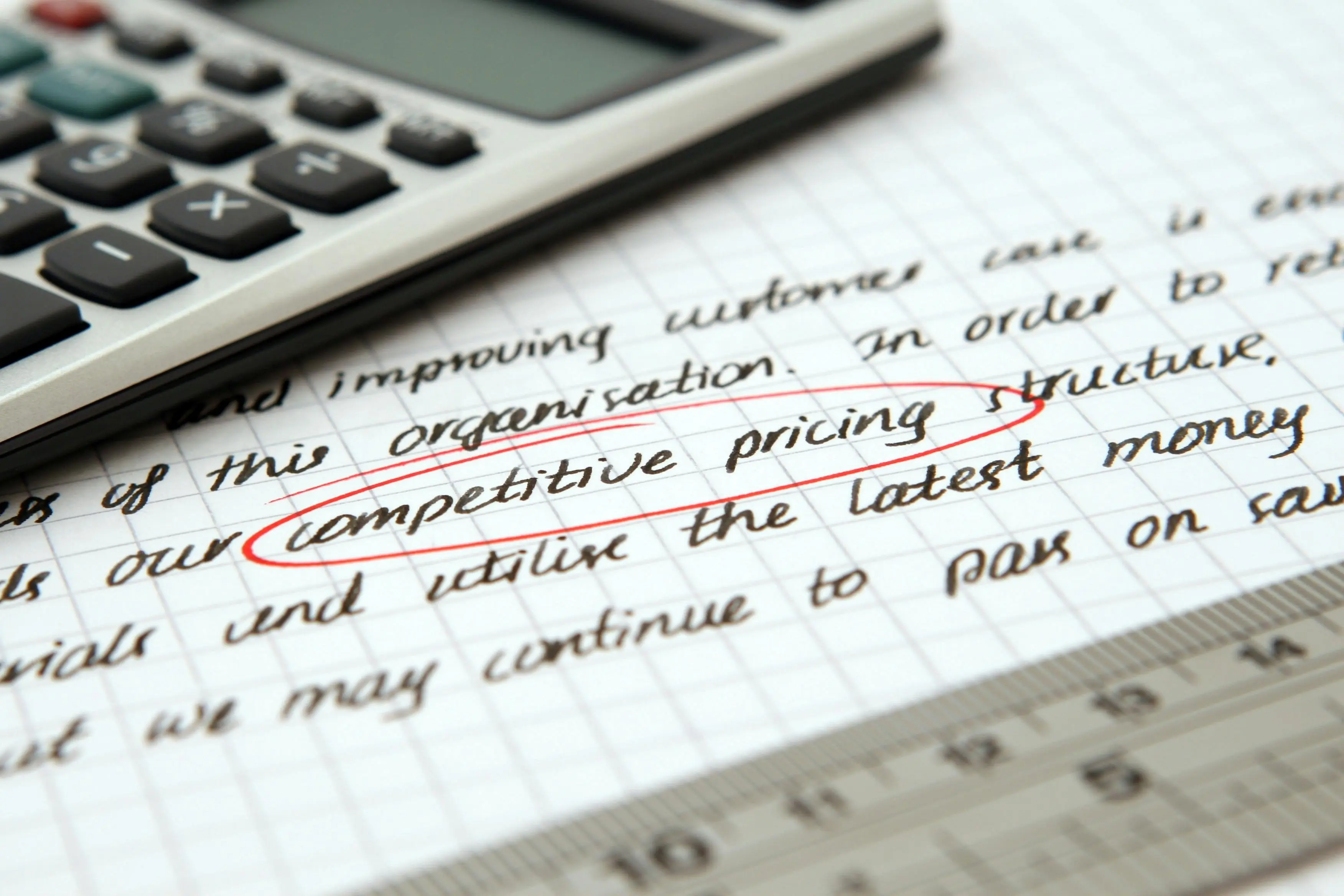How to Price Your Products for Maximum Profit
🗓️ Published: March 29, 2025
🎧 Listen to this article
 Image via Pexels
Image via Pexels
Pricing is one of the most crucial decisions you'll make as a business owner. Set your prices too high, and you risk losing customers; set them too low, and you may not make enough profit to sustain your business. Striking the perfect balance ensures profitability, competitiveness, and long-term success.
1. Understand Your Costs
Before you even think about setting a price, you need to have a clear understanding of your costs. Your costs can be broken down into two main categories:
- Fixed costs: Rent, insurance, utilities, and software subscriptions.
- Variable costs: Raw materials, labor, packaging, and shipping.
To determine the absolute lowest price you can charge while still breaking even, use this formula:
Break-even Price = (Total Fixed Costs + Variable Costs) / Number of Units Sold
2. Research Your Competition
Look at what your competitors are charging for similar products. This will help you determine a reasonable price range. Three common competitive pricing strategies include:
- Price matching: Setting your price at a similar level to competitors.
- Undercutting: Pricing slightly lower to attract budget-conscious customers.
- Premium pricing: Charging more but offering added value.
3. Focus on Value-Based Pricing
Think about the value your product provides to customers. Ask yourself:
- What problem does my product solve?
- How much would customers be willing to pay for this solution?
- How does my product compare in quality and benefits to alternatives?
Justify a higher price by clearly communicating the added benefits your product provides.
4. Factor in Psychological Pricing
Customers don’t always make rational purchasing decisions. Use psychological pricing tactics such as:
- Charm pricing: Prices ending in .99 or .95 create the perception of a better deal.
- Premium pricing: Round numbers make products feel more high-end.
- Bundle pricing: "Buy 2, Get 1 Free" encourages bulk purchases.
- Limited-time discounts: Temporary price drops create urgency.
5. Consider Tiered Pricing
Offer multiple pricing tiers to appeal to different customers:
- Basic option: A budget-friendly version with fewer features.
- Mid-range option: The standard version with full functionality.
- Premium option: A high-end version with exclusive perks.
6. Monitor and Adjust Your Pricing
Pricing isn’t a one-and-done decision. Consumer demand, competitor pricing, and production costs fluctuate over time. Consider:
- Testing different prices using A/B testing or customer surveys.
- Adjusting for inflation and rising costs to protect profit margins.
- Tracking sales data to see how price changes impact demand.
Final Thoughts
Pricing your products for maximum profit is both an art and a science. By understanding your costs, researching competitors, focusing on value, and applying smart pricing strategies, you can set a price that attracts customers and keeps your business thriving.
Stay flexible and strategic, and you’ll set yourself up for long-term success!
Disclaimer: This content is provided for general informational purposes only and does not constitute financial, legal, or professional advice. Always consult a qualified advisor or relevant authority before making decisions based on this information. While we strive to ensure accuracy, we make no guarantees regarding the completeness, reliability, or applicability of the content for your specific situation.